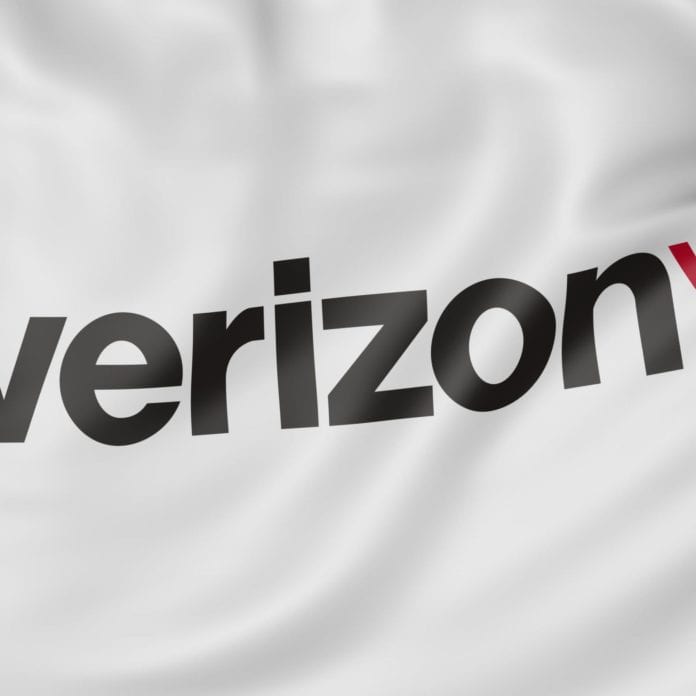Ronan Dunne highlights experiential side of Verizon 5G fixed wireless offering
Ronan Dunne, Verizon Group EVP and President of Verizon Wireless, has a clear message relative to the carrier’s 5G position. “To be really, really clear, I’m not building a PR network. I’m building a network that’s worthy of Verizon.” He said like with 2G, 3G and LTE, the goal is to deliver “best-in-class service. We will do exactly that in 5G. That’s the one thing you can be absolutely certain about. Everything else could be fake news.”
During the Deutsche Bank 2018 Media, Telecom and Business Services Conference, Dunne discussed Verizon strategy as it relates to the commercialization of fixed wireless 5G for residential broadband as well as timing the launch of mobile 5G services to correspond with the availability of handsets.
After testing using millimeter wave spectrum to deliver broadband services, Verizon announced in November it would commercialize the service in three to five markets in the second half of this year. Sacramento, Calif., is the only named market.
“I have no intention of simply turning up,” Dunne said. “This is about creating a new experience for customers ,otherwise why bother? It’s a fascinating place–transformational. We’re transforming the home environment at the moment.” He said trial activity allowed Verizon “to understand the use cases, to understand the realities in deployment, to understand how we best set up the network to deliver the experience.”
AT&T has committed to providing mobile 5G in 12 cities this year and has so far identified Dallas and Waco, Texas and Atlanta, Ga. During an interview with RCR Wireless News during Mobile World Congress, Gordon Mansfield, AT&T Vice President of RAN and Device Design, said, “My priority in ’18 is to get those 12 markets launched. This is absolutely our number one focus and priority.” The device is what CEO Randall Stephenson referred to as a “puck.”
The puck, “I think that makes a lot of sense at the pace we’re moving,” Mansfield said. “The silicon that goes into that puck is actually capable of supporting a wide array of devices including a smartphone. By getting an early experience with the silicon, and its integration and interoperability with the infrastructure, that allows us to gain confidence as it goes into other devices in our portfolio.”
As 5G matures in the market, Dunne explained that the beneficial cost dynamics alone make the case for network investment. “On the cost side, my cost to deliver incremental capacity reduces in a 5G world. It’s the most efficient bearer we’ve ever had. If the backdrop is there is continued demand coming from of our services…the more efficiently we can deliver that the better. I would deploy 5G anyway to give me incremental capacity and reduce my overall cost of production.”
He described Verizon’s network as a services platform and that Verizon is “in the business of selling our services.” Dunne said the device market has shifted from an approximately 24-month handset upgrade cycle to become more dynamic. “That’s not the way the market works anymore. That creates more growth opportunity. People are focusing on the services and the experiences.”

